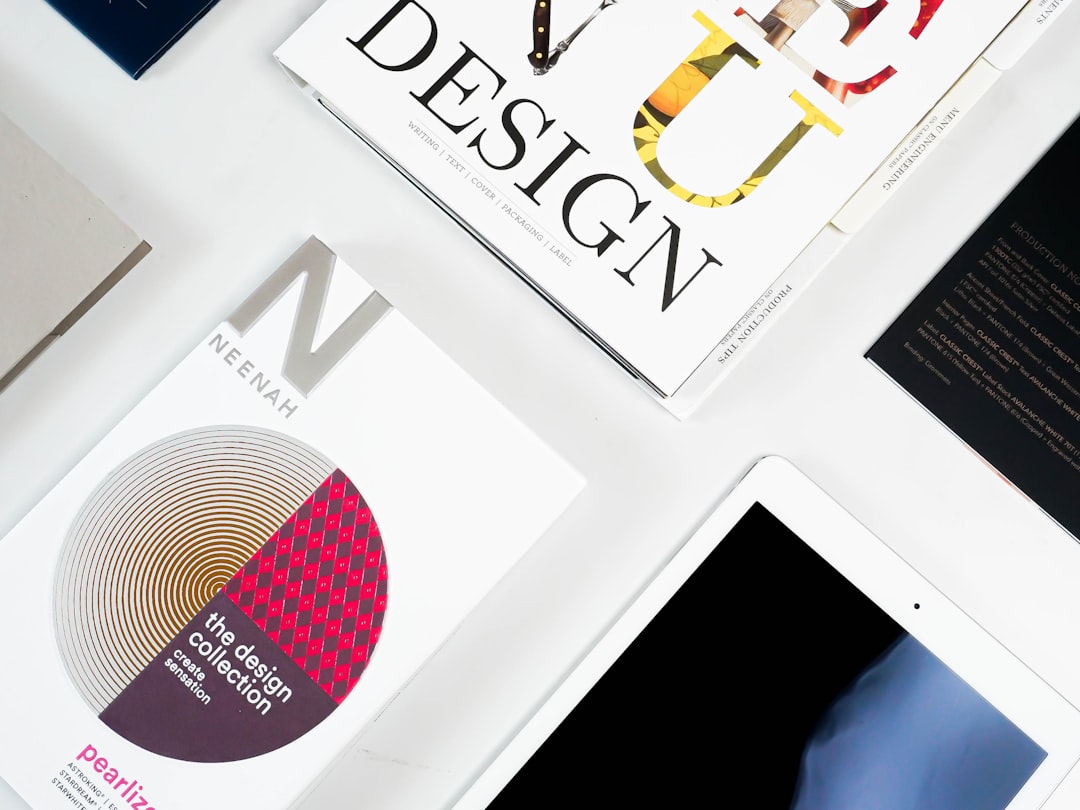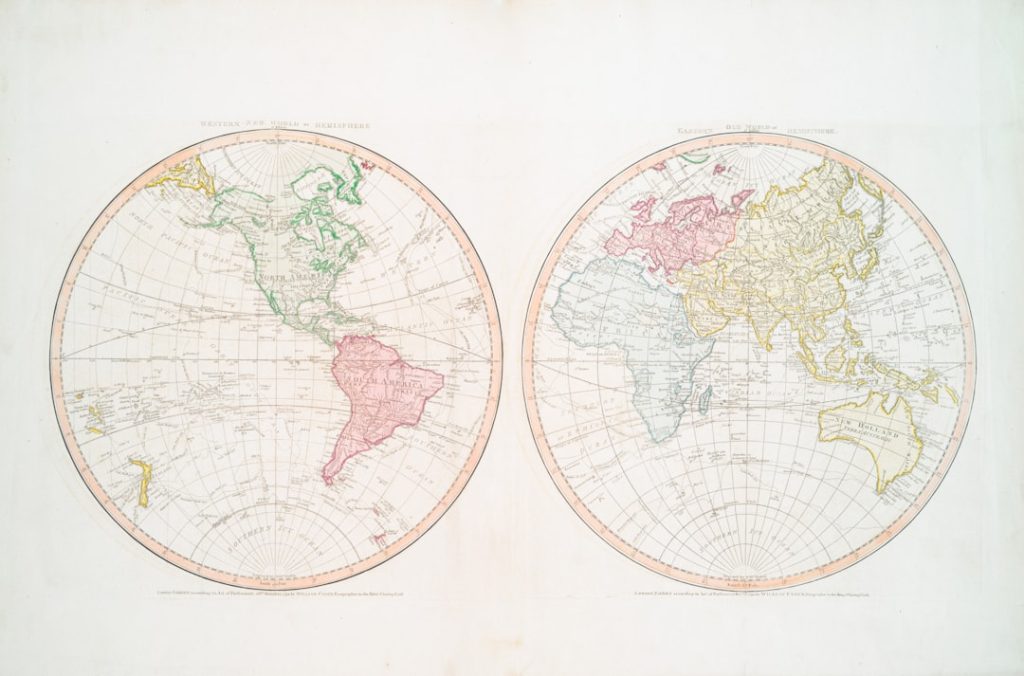Creating a successful brand requires more than just a catchy name or slick graphics—it also takes a deep understanding of your audience. When expanding your brand into international markets like the United States (US), United Kingdom (UK), and Australia (AU), one critical yet often overlooked step is localizing your logo. This process ensures that your visual identity resonates with local audiences while preserving your brand’s core essence.
TL;DR
Localizing a logo for the US, UK, and AU markets involves more than translating words—it requires adapting colors, typography, symbols, and tone to align with cultural, linguistic, and regional expectations. While these countries share a common language, differences in spelling, values, and social norms impact how branding is received. Successful logo localization can lead to improved trust, brand affinity, and customer engagement. Consider elements like color perception, font readability, and regional slang to ensure your logo effectively communicates across all three markets.
Why Localize a Logo?
Many assume that English-speaking countries like the US, UK, and AU will receive a brand’s visuals in the same way because of their linguistic similarities. However, every market has its own unique flavor when it comes to aesthetic tastes, linguistic nuances, and cultural expectations. Ignoring these can make your brand seem out of touch—or worse, offensive.
Localizing your logo helps you:
- Connect better with local audiences
- Reduce brand miscommunication
- Increase trust and brand recognition
- Boost conversion in regional markets

Common Elements to Localize in a Logo
Before diving into specific regional strategies, let’s outline which aspects of a logo can be localized:
- Color Palette: Perceptions of color vary greatly across cultures.
- Typography: Font readability and style can carry different connotations.
- Symbols and Icons: What’s meaningful in one region may be confusing or inappropriate in another.
- Language and Spelling: US vs UK English (e.g., “color” vs “colour”) can subtly undermine trust if incorrect.
- Taglines and Slogans: Idioms or humor may need adjustments based on cultural familiarity.
Localizing for the US Market
The US is a melting pot of cultures and styles, but some design sensibilities consistently perform well:
Use Bold and Direct Imagery
Americans value confidence and clarity. Logos that use bold lines, solid icons, and strong colors like red, blue, and white tend to resonate well. Simplicity and boldness rule in branding here.
Typography Matters
Sans-serif fonts dominate in the US market due to their modern, clean appearance. Avoid overly ornate typefaces which can be perceived as outdated or hard to read.
Word Choice and Spelling
Use American English spelling and idioms. If your logo includes a branded tagline or wordmark, make sure words like “color” (not “colour”), “center” (not “centre”), and other spelling differences are regionally appropriate.
Emphasize Freedom and Innovation
Conceptually, the US market values freedom, innovation, and entrepreneurship. Logos that reflect progress and individuality often perform better with American consumers.
Localizing for the UK Market
The UK market appreciates design that’s understated yet elegant. Here’s how to fine-tune your logo for the British audience:
Go for Subtle Elegance
British consumers often favor refined, minimalist logos. Unlike American preferences for boldness, a logo that’s too loud may come off as brash in the UK context.
Use UK English
Be meticulous with spelling and phrasing. Words like “colour,” “flavour,” and “favourite” need to reflect UK norms. Accuracy here implies local presence and attention to detail.
Historical and Cultural Symbols
If your brand allows for it, referencing iconic British elements subtly—such as certain fonts, crests, or color schemes—can increase memorability and relatability.
Typography Trends
The UK market embraces both serif and sans-serif, but leans more easily toward classic typefaces with heritage. Fonts like Garamond or Baskerville are often well-received.

Localizing for the AU Market
Australia presents an interesting blend of casualness and bold personality. It shares similarities with both US and UK markets but also maintains its laid-back vibe.
Balance Professionalism with Warmth
Aussies value authenticity and directness. Your logo should feel genuine, grounded, and modern—without an overload of polish or corporate gloss.
Respect the Environment and Culture
Nature is a strong cultural element in Australia. Consider incorporating earthy colors like green, blue, or ochre, depending on your brand. Also, avoid cultural cliches like kangaroos unless they’re used meaningfully.
Avoid Over-Americanized Imagery
Australian audiences can be skeptical of brands that feel foreign or too “American.” Make sure your logo speaks with a tone and style that feels local—not imported.
Australian English
Spelling aligns with UK English, so remember those “-our” endings and “-ise” instead of “-ize.” Regional slang or expressions in logos or taglines? Double-check they’re commonly understood.
Tips for Ensuring Effective Logo Localization
Here are some strategic tips to help ensure successful localization across the US, UK, and AU markets:
- Conduct Focus Groups: Always test logo variants with native speakers and residents from each country.
- Use Modular Logo Designs: Create a base logo with customizable elements that change depending on the region.
- Employ Local Designers: If possible, work with local creatives who understand cultural nuances intuitively.
- Keep Brand Integrity: Alter elements for localization, but ensure your logo stays identifiable across markets.
- Stay Updated: Trends change. Regularly audit your localized logos to ensure they remain relevant.
Case Study: Adapting a Tech Brand’s Logo
Let’s say you’re rolling out a sleek new app called “PathFinder” globally. The default logo features a red and black compass on a white background paired with a modern, sans-serif font.
Here’s how you might adapt it for different markets:
- US Version: Keep the red & black theme; use bold sans-serif type like Montserrat; tagline uses “centered on your journey.”
- UK Version: Tone down the red to burgundy; shift font to Baskerville; tagline uses “centred on your journey.”
- AU Version: Replace red with earthy ochre or olive green; maintain sans-serif font but soften contrast; possibly add abstract icon resembling native geography.
Conclusion
Localizing your logo for markets like the US, UK, and AU isn’t about completely rebranding—it’s about adaptation without compromise. By respecting regional preferences in color, language, typography, and symbolism, you can increase your brand’s reach, relevance, and ROI.
If you want your logo to truly resonate globally, give it the local touch it needs—without losing the story you built it on.
 global branding, localized logo, international marketing strategy[/ai-img>
global branding, localized logo, international marketing strategy[/ai-img>


